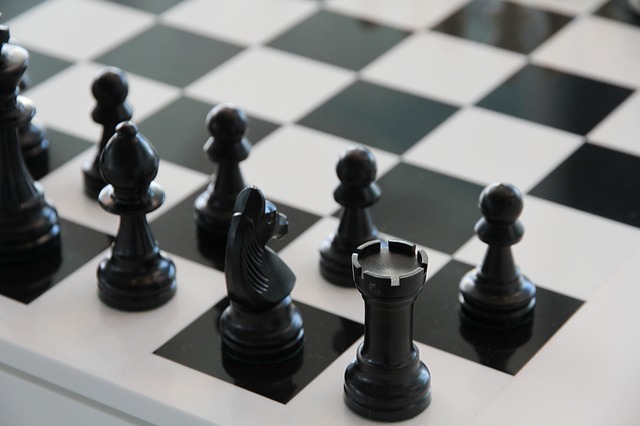
A new artificial intelligence system is using new methods to tackle chess. About 20 years ago, IBM’s Deep Blue chess-playing supercomputer was used to beat reigning world champion Garry Kasparov. At the time, IBM’s supercomputer was using brute force to play against its human opponents. Today, the MIT Technology Review reported that Matthew Lai, a computer engineer from Imperial College London, has developed an AI system that uses machine learning to teach itself chess.
Unlike IBM’s AI system, which searches for possible moves in order to determine the best one, Lai’s system, dubbed Giraffe, uses a neural network to process information similarly to a human brain. Neural networks are often used in applications such as handwriting and face recognition. With the neutral network, Lai’s system is able to get an overview of the state of the game, and to generate data.
(Related: IBM is testing its own AI software)
“Unlike most chess engines in existence today, Giraffe derives its playing strength not from being able to see very far ahead, but from being able to evaluate tricky positions accurately, and understanding complicated positional concepts that are intuitive to humans, but have been elusive to chess engines for a long time,” Lai said, according to the MIT Technology Review. “This is especially important in the opening and endgame phases, where it plays exceptionally well.”






